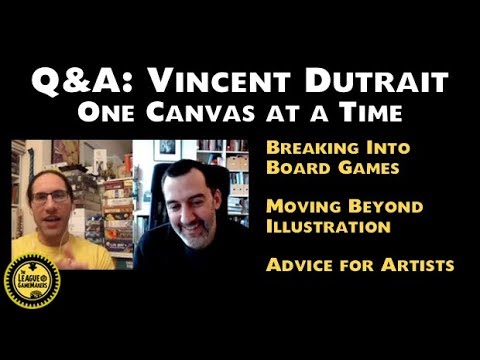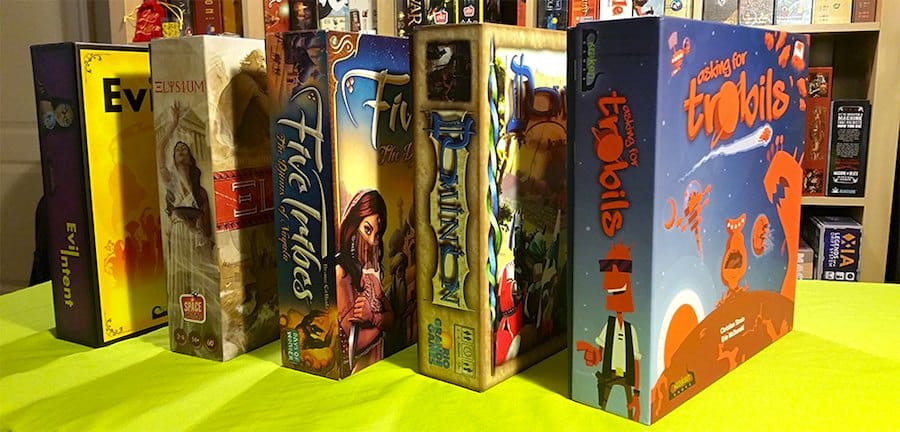
Whether you’re self-publishing or pitching to a publisher, it’s important to keep in mind, the cost of the game you’re designing. When you’re pitching a game design to a publisher, one of the things they have to consider is what the game’s MSRP will be. For the most part, that’s based on the cost of printing. If you’re self-publishing, you’re going to care even more about every dollar spent. Here are some of the basics that will make your game cheaper to print.
TOOLING AND STANDARD SIZES
As designers, we want our games to stand out and be unique; however, keeping to standard sizes will keep the cost down on printing considerably.
Printers have ready-made tools to make standard sizes in boxes, inserts, cards, etc. If you design a box or component to be a unique size or shape, the printer will have to make a new tool to fit your request. New tools can be expensive. That’s the reason most game boxes are about the same size and use the same standard card sizes and components.

Designing your game using standard sizes will mitigate or completely negate any new tooling costs. If you’re self-publishing, be sure to ask the printer if the sizes you’re using are standards they already have, and if not, what do they have that best fits your design.
CARDS
When printers make cards, they print them on large sheets. A standard card size of about 57x87mm (bridge size) usually fits 55 a sheet; although I know some printers that fit 54 or 56 with varied sizes.
The important thing to note is, they charge per sheet, not card. This means that if a sheet has 55 cards and you make 60 cards, you pay for two sheets. If you shave 5 cards off of your design, then you’re only paying for one sheet.
Obviously I’d never recommend compromising the quality of a game to fit a sheet, but if your game can stand to lose 5 cards, or you can creatively think of another way to use those five cards, then by all means, make it cheaper to print.
If you’re not self-publishing, then you don’t really have the opportunity to talk to the printer, so I recommend you underestimate it a little. Every printer is a little different, so to stay in one sheet with a standard card size, go with 50 cards.
If you are self-publishing, then talk to the printers that you’re considering and ask for their standard card count per sheet.
In 2012 I was given the standard card count for a sheet for different sizes by a well-known printer. Keep in mind, other printers may be slightly different, and this one may have even changed.
| Card Size | Card Count per Sheet |
| 57 x 87mm (bridge) | 55 cards |
| 63 x 88m (blackjack) | 54 cards |
| 59 x 91mm (euro) | 45 cards |
| 44 x 67mm (mini) | 70 cards |
| 51 x 51mm (square) | 60 cardst |
| 70 x 70mm (square) | 48 cards |
PUNCHBOARDS
The real cost behind punchboards is, again, tooling. Every punchboard component for every game is different. That means that every time a game is printed, at least one new die-cut tool is made for the punchboard components. The trick here is, to keep it to only one die-cut.
When I was getting Evil Intent printed, I didn’t realize this. I created two different punchboard designs; one for money, and the other for markers.
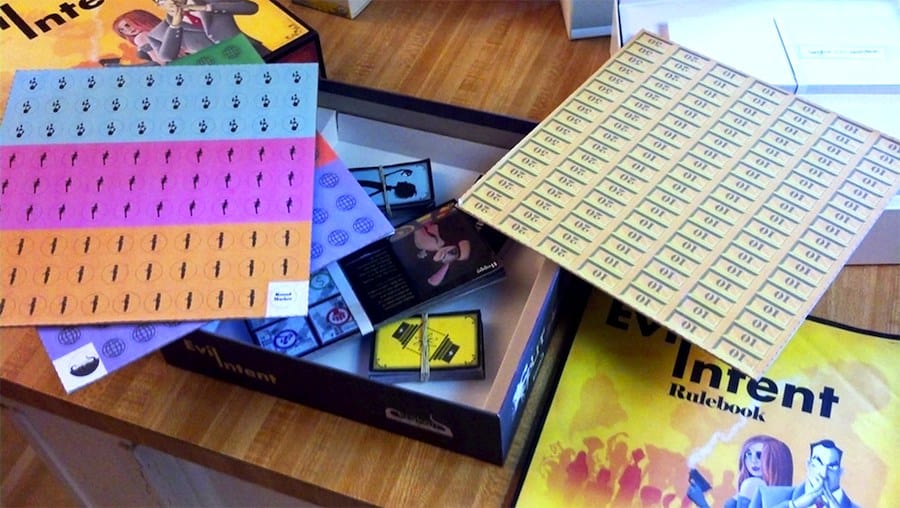
If I had taken the two different components and combined them on one design, then I would have only paid for one die-cut instead of two.
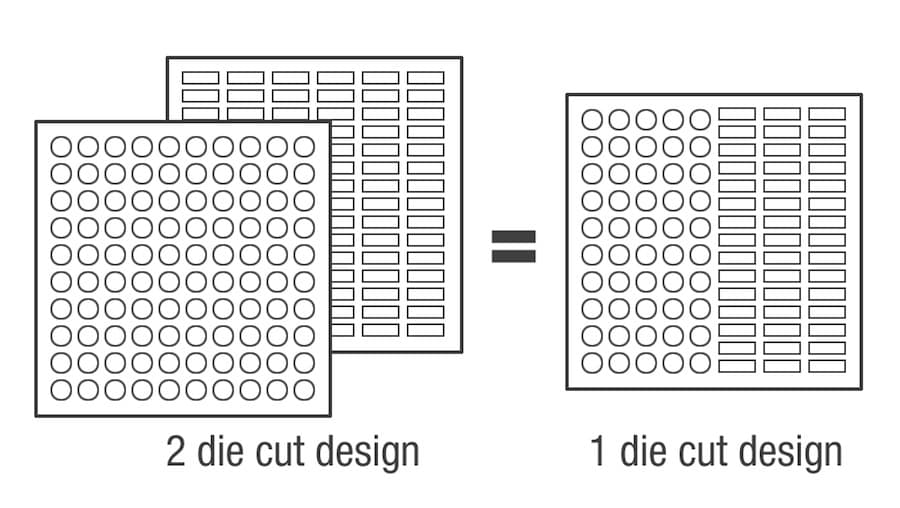
I thankfully learned this lesson when I printed Asking for Trobils, making all four punchboards the same cut.
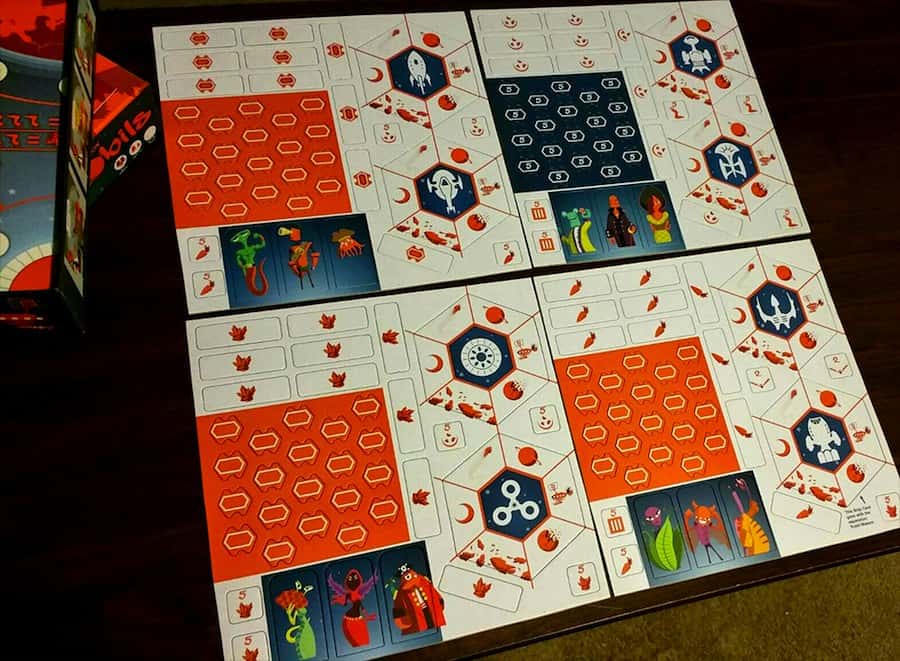
Keep these points in mind when designing your games. A designer should concern themselves first and foremost with making a fun game, but if you want it published, considering the cost can go a long way.

